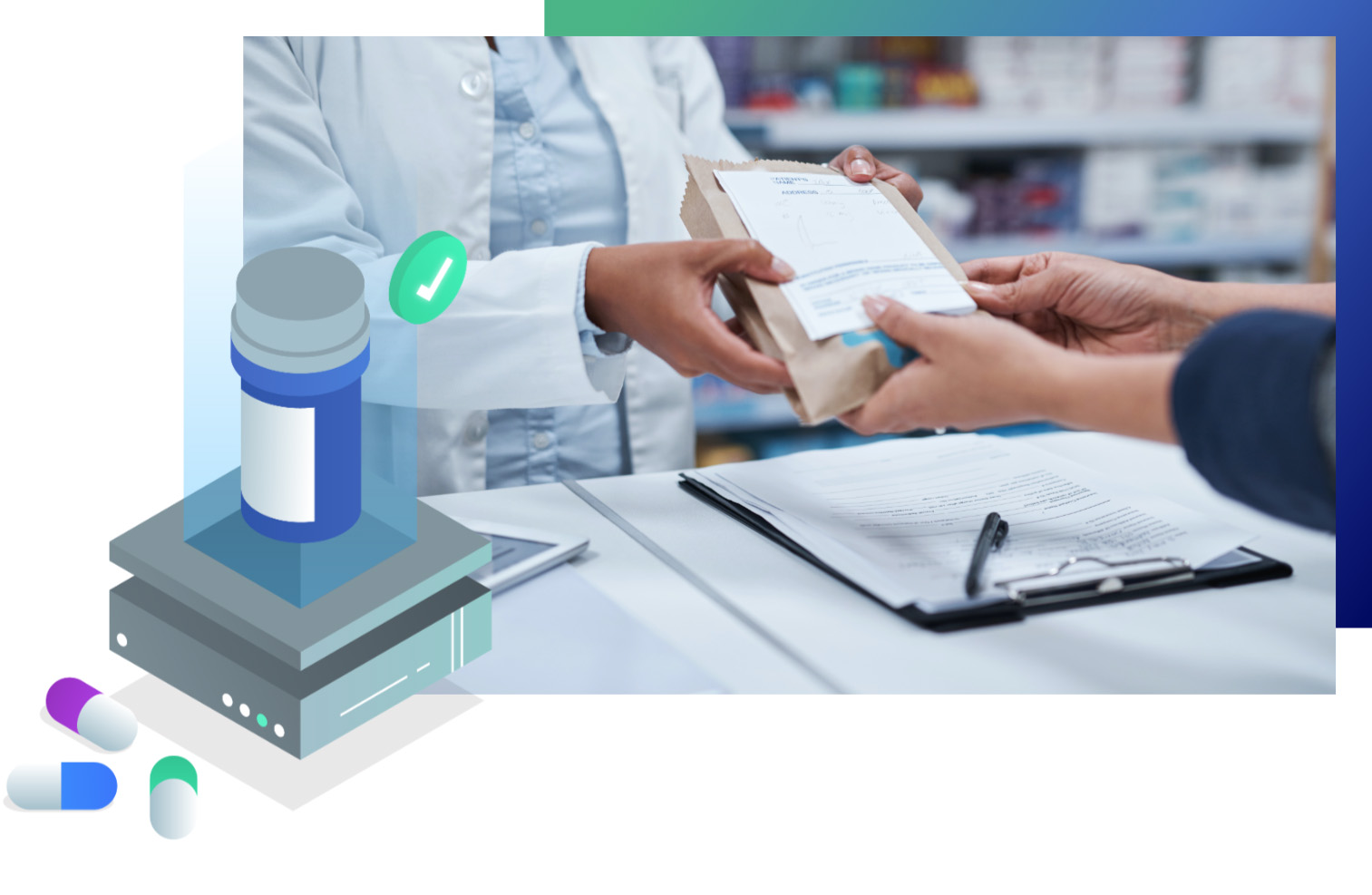The ask
A global pharmaceutical corporation came to us looking for ways to
predict the volume of sales for a number of their pharmaceutical
products that would be prescribed within 30 days. Their ultimate
goal was to build a new solution that armed the sales team with
reliable data-driven insights to drive decisive action.
What we did
We developed forecasting models for each product, capable of predicting
the number of sales within a rolling 30 day timeframe. From a technical
perspective, one of the main characteristics of this solution includes the
stacking of different Machine Learning models.
With this approach, the solution was able to overcome previous
challenges within this forecasting domain, such as dealing with active
data, dynamically changing trending estimations, and outlier detection.

STACKING OF
MACHINE LEARNING
MODELS ENABLED
ACCURATE
FORECASTING USING
ACTIVE DATA .
The Process
STAGE 01
MODELLING FORECASTS_
In the first stage, we needed to establish a baseline forecasting model for
the next 30 days of all the prescriptions of the products. Using historical
prescription data, duplicate of prescription data, we undertook overtime
analysis at 30 day intervals, which presented us with clear patterns that
could be identified across the years.

STAGE 02
CHANGING APPROACH_
To enhance the accuracy of the model, we then introduced additional
features capable of recognizing temporal changes in the data, such as
seasonal variance. We then evolved the model further by applying a more
analytical approach using daily cumulative averages compared to
previous years.
This stacked model approach helped to balance and generalize the
data across all predictions and achieve the desired prediction
accuracy to meet commercial goals.
Results
The system is capable of making daily predictions for sales over the next
30 days, and achieves an average accuracy level of 98.5% when predicting
sales volume. This high level of accuracy allows the company to include
this forecasting in their business decision workflows, enriching their
data-driven decisions and enabling them to achieve their desired
commercial goals.

SALES VOLUME FOR
30 DAY ROLLING
TIMEFRAMES CAN BE
PREDICTED WITH
98.5% ACCURACY .
Additional uses
Clients in a broad range of industries face forecasting challenges that can
be solved with the application of A.I. For example, these might include
customer behaviour in retail, anomaly detection in manufacturing or
industrial lines, churn prediction, and more. In these cases, applying the
techniques we used here could make prediction results more accurate.


